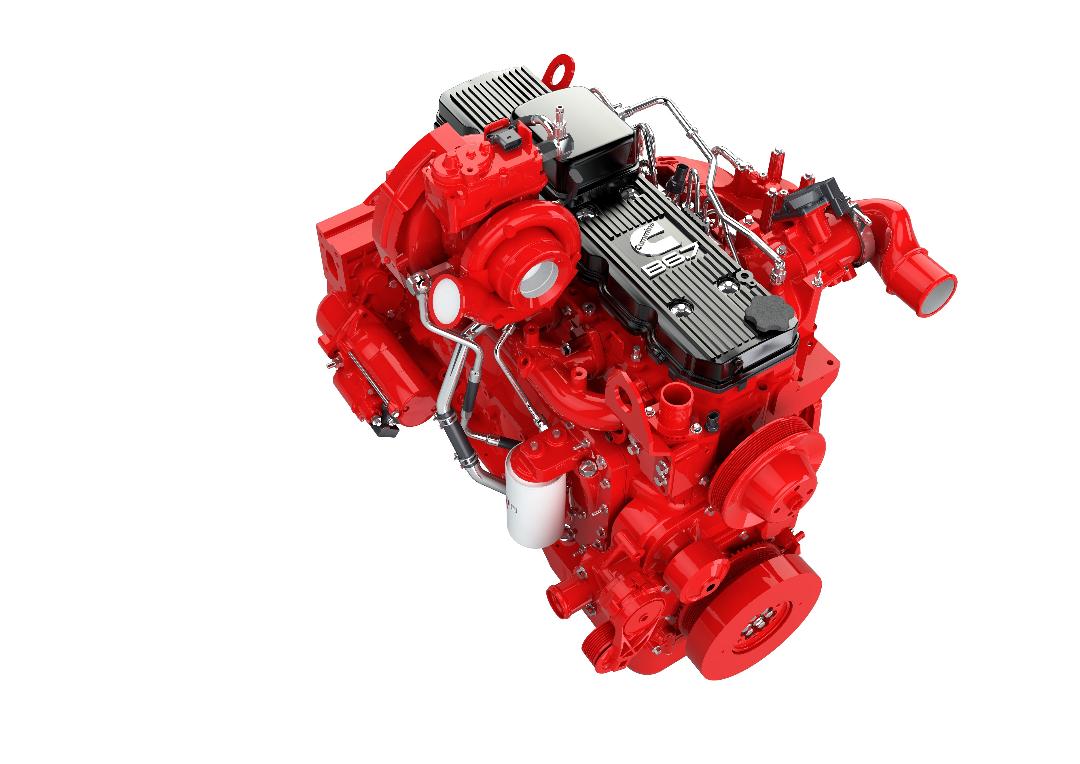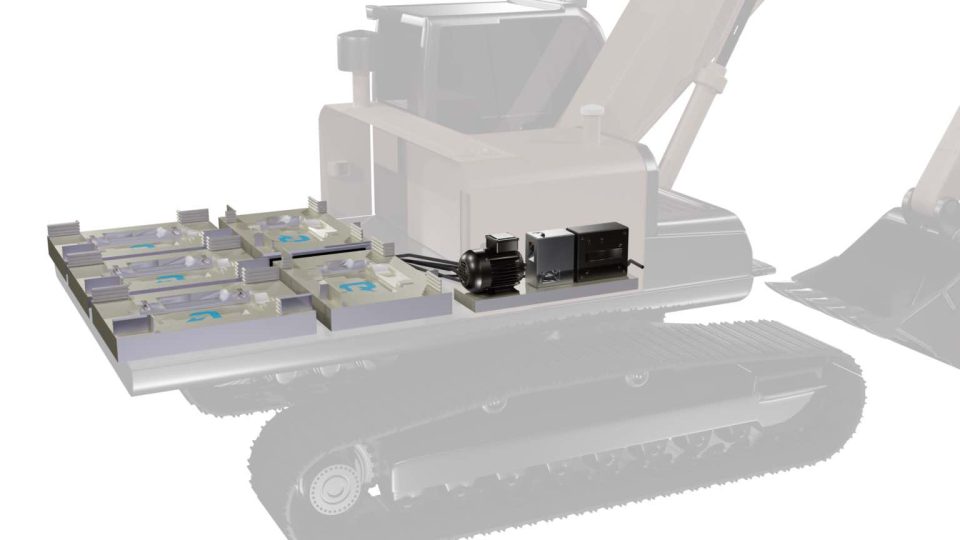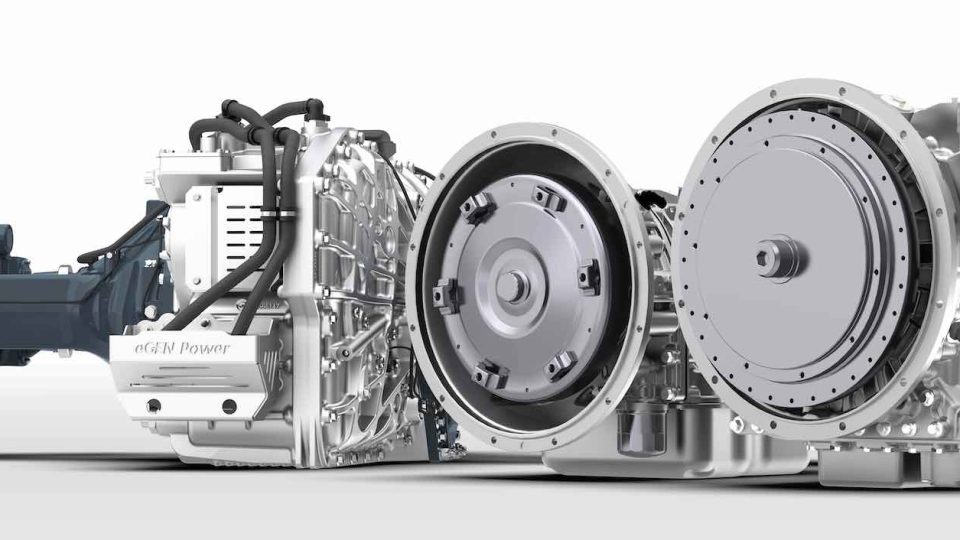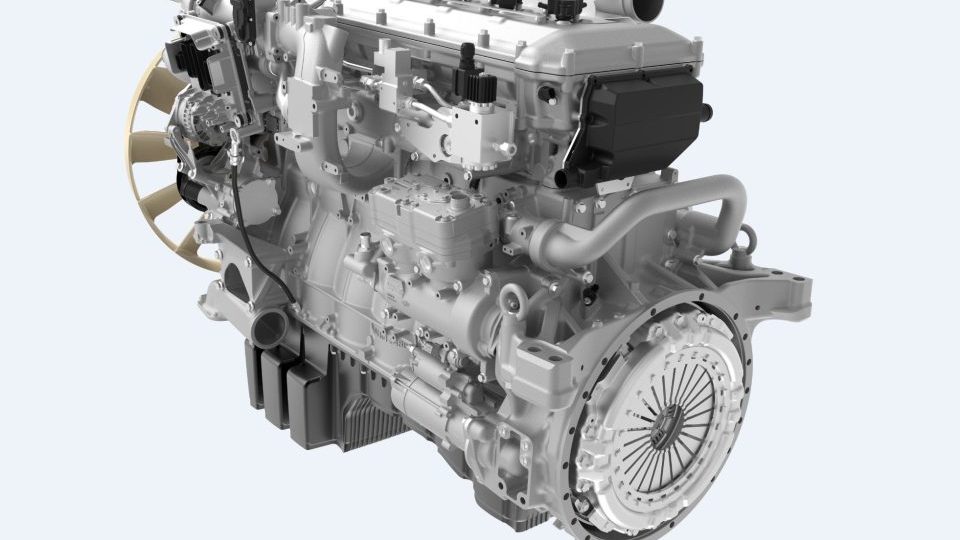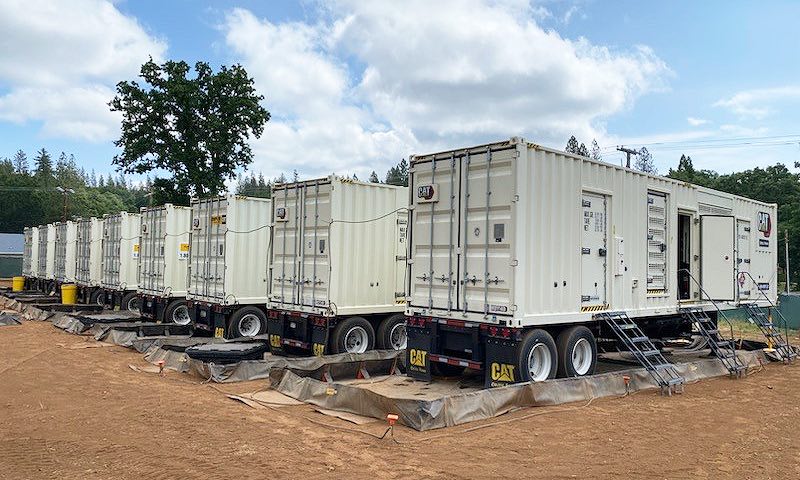Cummins at Cop26 climate action summit
Cummins announced it has been accepted into two influential groups advocating for climate action ahead of the global Cop26 climate summit in Glasgow, Scotland, starting October 31.

Cummins announced it has been accepted into two influential groups advocating for climate action ahead of the global Cop26 climate summit in Glasgow, Scotland, starting October 31.
The Business Ambition for 1.5°C campaign encourages companies to set robust emission reduction goals for greenhouse gases (GHGs) using science-based targets aligned to the 2015 Paris Climate Accords. By extension, Cummins has also been accepted into the United Nations’ Race to Zero, a global campaign to rally leadership and support from businesses, investors, cities and regions for climate action. Both groups maintain acting now can prevent future environmental threats, create jobs and unlock sustainable growth.
Cummins worked with the Science Based Targets initiative (SBTi) in developing the company’s Planet 2050 environmental strategy released in 2019. The strategy includes 2030 goals aligned to targets established in the Paris Climate Accords, and the aspiration to reach net zero emissions by 2050.
Cummins’ Chairman and Ceo, Tom Linebarger, says the world’s climate challenges threaten Cummins’ ability to deliver on its mission of making people’s lives better by powering a more prosperous world. “Climate change is the existential crisis of our time and the biggest threat to our Mission as an organization,” said Linebarger. “So, we want to dedicate our innovation, our talent, our resources, and our investments to reduce our impact on the climate. Of course, we have a lot of other challenges to address at the same time to fulfill the needs of our stakeholders, but if we don’t address climate change, there will be nothing else to do.”
Cummins: a leadership role in the Cop26
Cummins has long been working to reduce the environmental impact of core products such as diesel and natural gas engines, cutting the emission of two key contributors to smog from diesel engines, particulate matter and nitrogen oxides, by more than 95% since the 1990s. Facility goals between 2014 and 2020, meanwhile, produced GHG savings equivalent to removing more than 100,000 cars from the road for a year.
The company has also become a leader in bringing to market low- and no-carbon power technologies such as battery and fuel cell electric. That technology is powering such things as the world’s first hydrogen-powered train. Cummins is also a leading manufacturer of electrolyzers to produce green hydrogen, a promising fuel for decarbonization. The company is now partnering in projects involving the technology with Spain-based Iberdrola, a leader around the world in no- and low-carbon energy production.
Cummins: another step towards going global
Furthermore, Cummins has announced that its Performance Series engines are being certified to meet Indian Bharat Stage IV and V as well as China Stage IV emission regulations for the off-highway market. These products already meet EU Stage V and Epa Tier 4 Final levels.
Bharat Stage IV emissions came into force in India in April 2021 for wheeled machinery, with Stage V planned for the end of 2024. Emissions rules for tracked construction equipment are expected in 2022. The Cummins B6.7 Performance Series engine’s Bharat Stage IV and V certification is now complete and the L9 and X15 engines will follow later in 2021.
China Stage IV emissions regulations come into effect at the end of December 2022. Certification of Cummins Performance Series engines F3.8, B6.7, L9, and X15 will be completed during 2022 in advance of the regulated date.
